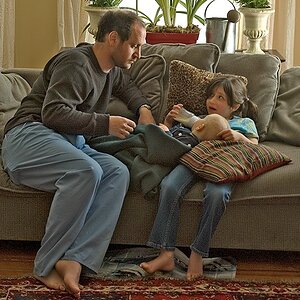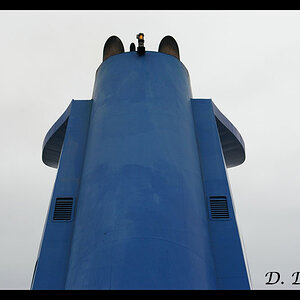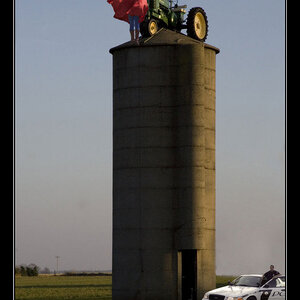gravity0
TPF Noob!
- Joined
- Mar 18, 2009
- Messages
- 107
- Reaction score
- 0
- Location
- Dallas
- Can others edit my Photos
- Photos NOT OK to edit
I'm a noob and have shot in RAW ever since I bought the 40D. I can see my pictures getting better in the camera, but post shooting, upon placing the pictures in the computer they're not as good. I just found out that RAW photos look dull without some PS help. What would you recomend me do or read to get my pictures looking better. I'm a little familiar with PS but still new at it. I took a class that taught a little about Curves, layers, sharpness but I'm still new to it all. What are the normal procedures of getting "popping" pictures.
Thanks,
Grav
Thanks,
Grav





![[No title]](/data/xfmg/thumbnail/42/42060-f597479f8fd78d4bb4d17e7686fb0812.jpg?1619739996)



![[No title]](/data/xfmg/thumbnail/42/42058-8597ac0f687fb4007aa3ca0210936f04.jpg?1619739994)




![[No title]](/data/xfmg/thumbnail/31/31013-b871f1d295c83b831c1423028e1ce5dc.jpg?1619734568)